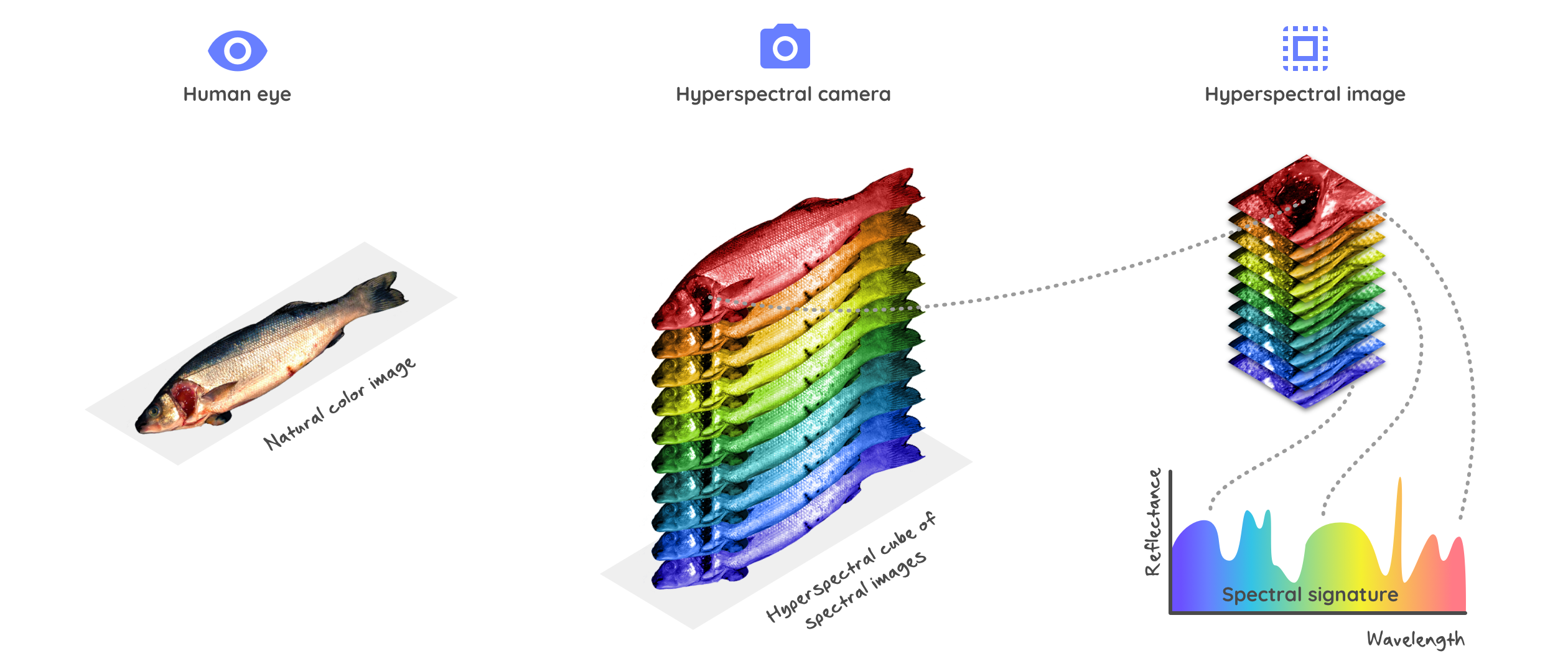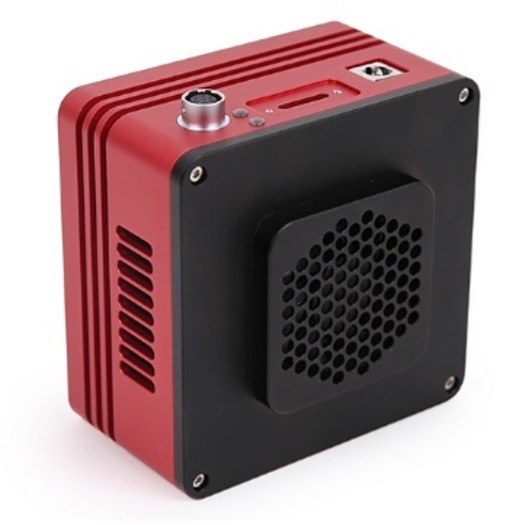Hyperspectral

Showing the single result
Showing the single result
Introduction to Hyperspectral Cameras
A hyperspectral camera is an advanced imaging system that captures images at many narrow and contiguous wavelengths within the electromagnetic spectrum, including visible, ultraviolet, and infrared regions. The camera can capture spectral information of objects that are not visible to the human eye, and this spectral information can be used to identify materials, analyze chemical composition, detect hidden objects or defects, and provide valuable information for scientific research.
Here are some factors to consider when choosing a hyperspectral camera:
- Spectral range: Hyperspectral cameras can capture a wide range of wavelengths, from ultraviolet to near-infrared regions. Choose a camera with a spectral range that is appropriate for your application.
- Spectral resolution: The spectral resolution of the camera refers to the number of narrow spectral bands that can be captured. A higher spectral resolution means more detailed spectral information can be captured.
- Spatial resolution: The spatial resolution of the camera determines the level of detail that can be captured in the image. Choose a camera with a spatial resolution that is appropriate for your application.
- Sensitivity: The sensitivity of the camera is important for capturing images in low-light conditions. Look for cameras with high sensitivity to ensure good image quality in a variety of lighting conditions.
- Data acquisition and processing: The hyperspectral camera should be easily integrated with your data acquisition and processing system. Look for cameras that come with software that is user-friendly and provides advanced features for image processing and analysis.
It is important to carefully evaluate your specific needs and choose a camera that best fits your requirements. Additionally, it may be helpful to consult with our experts in the field to determine the most appropriate camera for your particular application.
Applications of Hyperspectral Cameras
Hyperspectral cameras have a wide range of applications in many different fields. Here are some examples of how hyperspectral cameras are being used:
- Environmental monitoring: Hyperspectral cameras can be used to monitor and analyze changes in land use, vegetation, and water quality. They can be used to detect and track environmental pollutants, identify invasive species, and monitor changes in the Earth’s climate.
- Agriculture: Hyperspectral cameras are used to analyze crop health and optimize crop yield. By capturing spectral information, these cameras can detect crop stress, monitor crop growth, and identify areas that require irrigation or fertilization.
- Mineral exploration: Hyperspectral cameras are used in the mining industry to identify and analyze minerals. They can detect the presence of minerals that are not visible to the naked eye, helping geologists to locate and map mineral deposits.
- Food quality control: Hyperspectral cameras are used in the food industry to analyze the quality of food products. By capturing spectral information, these cameras can detect contaminants, analyze nutritional content, and identify defects in food products.
- Medical imaging: Hyperspectral cameras are being used in medical imaging to identify and analyze tissue types. They can detect differences in tissue composition that are not visible to the human eye, helping doctors to diagnose and treat diseases.
- Defense and security: Hyperspectral cameras are used in defense and security applications to detect hidden objects or explosives. By capturing spectral information, these cameras can identify the chemical composition of objects and detect substances that may pose a threat.
These are just a few examples of the many applications of hyperspectral cameras. As technology advances, it is likely that new and innovative uses for hyperspectral cameras will continue to emerge.

